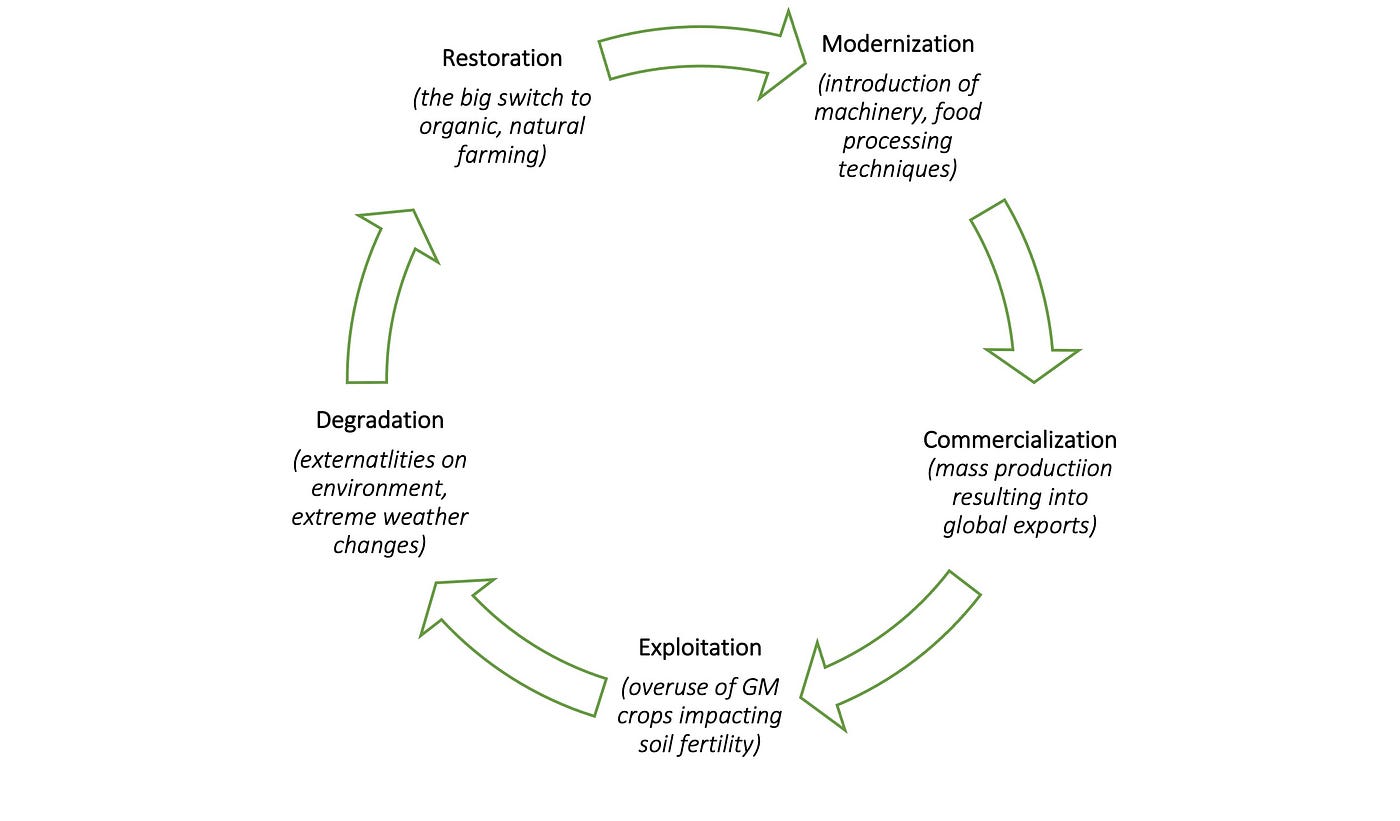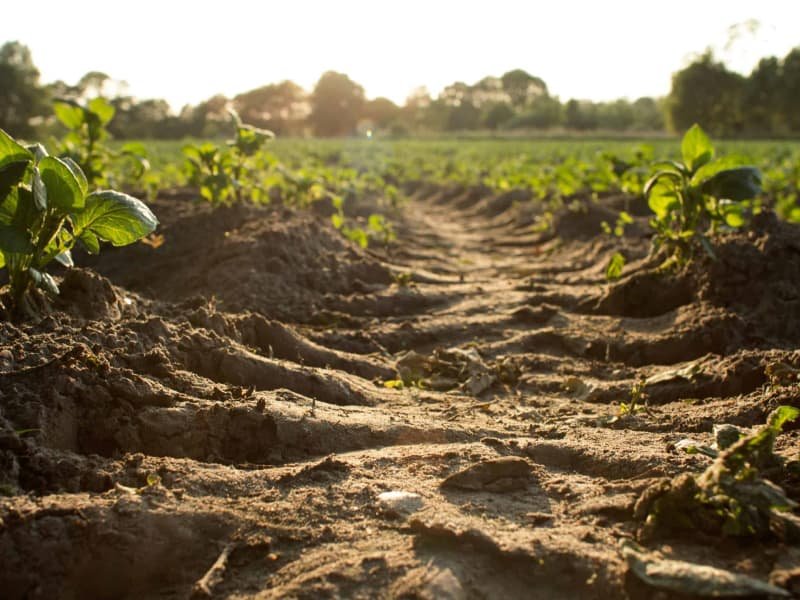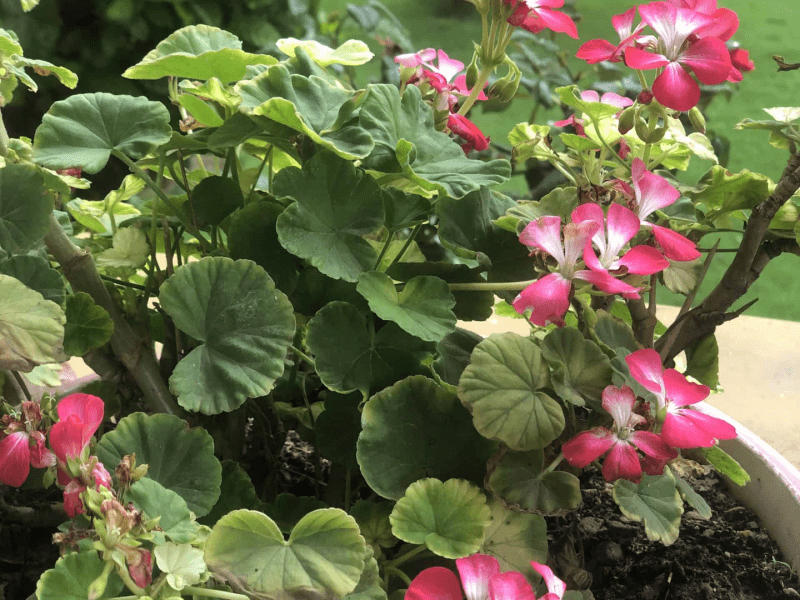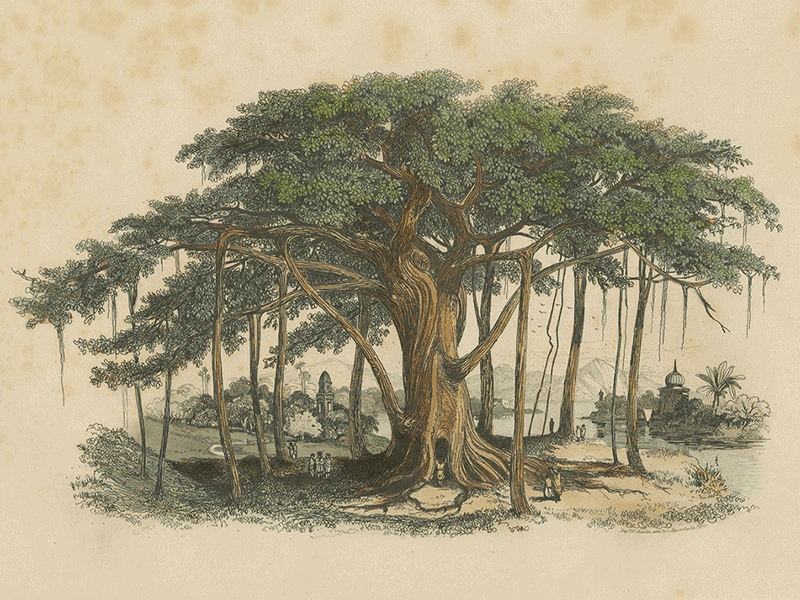
Lately, I have developed a new fetish for terracotta. One product, in particular, fascinates me the most — teacups, infamously known in India as kulhad.
Suddenly, the world is going gaga over this good old product. Evicted for convenience-based alternatives over the years, the humble clay is finding its way back into the plastic culture as a sustainable solution. Today, these teacups not only come in all sizes and shapes but also with tags such as ‘Luxurious’, ‘Food Safe’, ‘EU-approved’ et al.
Until two decades ago, if someone (from the East) promoted terracotta, yoga, Ayurveda or Sanskrit in the West, then judgements would have been passed, inferences would have been made, and conclusions would have been drawn. How can such primitive concepts emanating from a socio-economically backward and developing nation be relevant to the modern needs of the technologically progressive, developed world?
Cut to 2020. In the USA alone, demand for yoga practitioners was estimated to be 55 million according to global statistics. Germany has the highest number of Sanskrit scholars outside of India and each year, the commitment to learning the language is deepening.
But why would an advanced nation with the highest political and economic position embrace such ancient scriptures and practices from a lesser developed one?
Let’s explore this conjecture with an example — agriculture.
What started in 1850s as the Agricultural Revolution, then extending into the Great Divergence of the 19th century, provides an insight into the symbiotic relationship between technology and policymaking.
Dwight D. Eisenhower, the 34th President of the United States, drew this parallel in his annual speech on January 05, 1956. Excerpts:
“We have a broad and diversified mobilization base. We have the facilities, materials, skills and knowledge rapidly to expand the production of things we need for our defense whenever they are required. But mobilization base requirements change with changing technology and strategy.”
“No other resource is so indispensable as the land that feeds and clothes us. No group is more fundamental to our national life than our farmers.”
“The dimensions of government responsibility are as broad and complex as the farm problem itself. We are here concerned not only with our essential continuing supplies of food and fiber, but also with a way of life. Both are indispensable to the well-being and strength of the nation.”
“This is still true in this era when improved living standards and rising national requirements are accompanied by swift advances in technology and rapid obsolescence in machines and methods.”
Against the backdrop of post-World War II, American agriculture was reeling under a unique challenge — unpredictable yields, harsh weather conditions and declining farm income. Technology advances in the US such as hybrid farming, chemical fertilizers and pesticides and biotechnology changed the face of agriculture by enabling increased farm productivity, reliable and higher yields and sustained profitability. Policy measures, on the other hand, facilitated a launchpad for corporations such as Monsanto, DuPont to propel commercialization and gain market power in international trade. This period marked the golden era in the West’s modern history with its meteoric rise as a global superpower.
Everything was hunky-dory until the fog around this fast-paced evolution began to dissipate, the externalities came to the surface and the circle of life started to evidently appear.

This progress came at a colossal loss to the West — the soil, plants, cattle, birds, bees, water, air, clouds, and of course, humans — each element experienced the brutality of modern science and technology. What seemed like an innovative solution for securing food safety, now appeared as a disservice to nature and counterproductive to human survival.
At this juncture, the West met the East.
Ancient practices such as organic farming — a concept borrowed from the developing world, were promoted by governments and celebrated by policymakers as a human and environmental welfare agenda.
Government initiatives such as the 2014 Farm Act facilitated the cost of organic certification (among other aspects) for farmers while the recent $867 billion farm bill introduced in 2018 funded organic farming research.
The outcomes of these policies reflected in the adoption of the organic technologies widely and commercially.
A recent survey conducted by the Census of Agriculture revealed that number of certified organic farm in the U.S. increased by 17% and sales by 31% between 2016 and 2019, touching an all-time high in sales of $9.9 billion in 2019 alone.
Today, chemical-free food produce dominates US markets, vegetarian lifestyle is widely adopted, cold-pressed juices are being preferred over processed, eco-friendly way of living is the new theme and the list continues.
As the West continues its quest to negate manmade disasters, the East is realizing the hazardous impact of banishing its native practices under the influence of foreign ‘success’.
There were striking similarities between the challenges these two agrarian economies (the US and India) faced — from declining farmer income, farmer suicides to harsh weather conditions. Such relatable conditions and subsequent innovations would have made the ‘progress’ story more believable. However, the dissimilarities between the policymaking and governance of these nations had far-reaching impact on the latter considering its size of population and disproportionate social justice systems.
Repercussions of injecting genetically modified crops, fertilizers and chemicals, intensive irrigation methods into the natural habitat must have been felt by the government’s in the East when the sun started rising in the West and it outshined the world. And then began the journey of reversing the sun’s transition to the East and reclaiming its position.
With this new realization developing nations, such as India, are marching ahead in the race of organic produce. At the back of government’s incentive programmes in the last decade that encourage farmers, startups, entrepreneurs, corporations to adopt the good old habits right from growing food to maintaining holistic health naturally, India is the highest contribution of organic producers globally today.
The East, a land of traditions, cultures, values, ingenious inventions has learnt a lesson the hard way. By going back to its roots, embracing ancient practices and applying tried-n-tested knowledge, the East can now comfortably claim — we have seen life coming to full circle.













































